Most of us grab whatever’s under the sink and assume it’s doing more good than harm. The truth is, many big‑name cleaners trade convenience for chemicals that can irritate your lungs, pollute waterways, and even mess with hormones. Luckily, you don’t have to choose between a sparkling countertop and a healthy home. Below are seven common products experts say to ditch—and five easy, affordable alternatives that work just as well.
So what shouldn’t you use?
1. Bleach-Based Cleaners
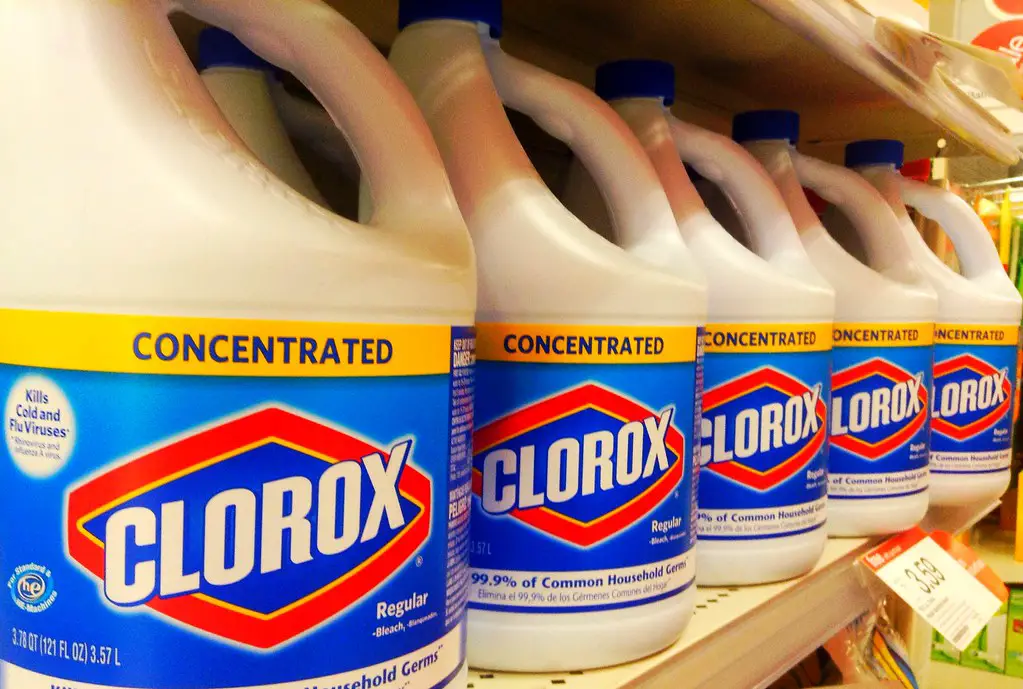
Bleach is a powerhouse against germs, but it releases chlorine fumes that irritate eyes, skin, and airways almost instantly. According to the U.S. Centers for Disease Control and Prevention, prolonged exposure can trigger asthma attacks and aggravate respiratory conditions. Splashing bleach down the drain also forms toxic byproducts that linger in rivers and oceans. Its disinfecting talents simply come with a hefty health and environmental price tag.
You can cut back by reserving bleach for rare, high‑risk messes—think raw chicken spills—rather than everyday wipe‑downs. Diluting it properly and keeping windows open reduces fumes, but switching to peroxide‑based cleaners is an even safer bet. They kill germs without the chlorine cloud or the aquatic fallout. Your lungs—and the local fish—will thank you.
2. Ammonia-Based Glass Cleaners
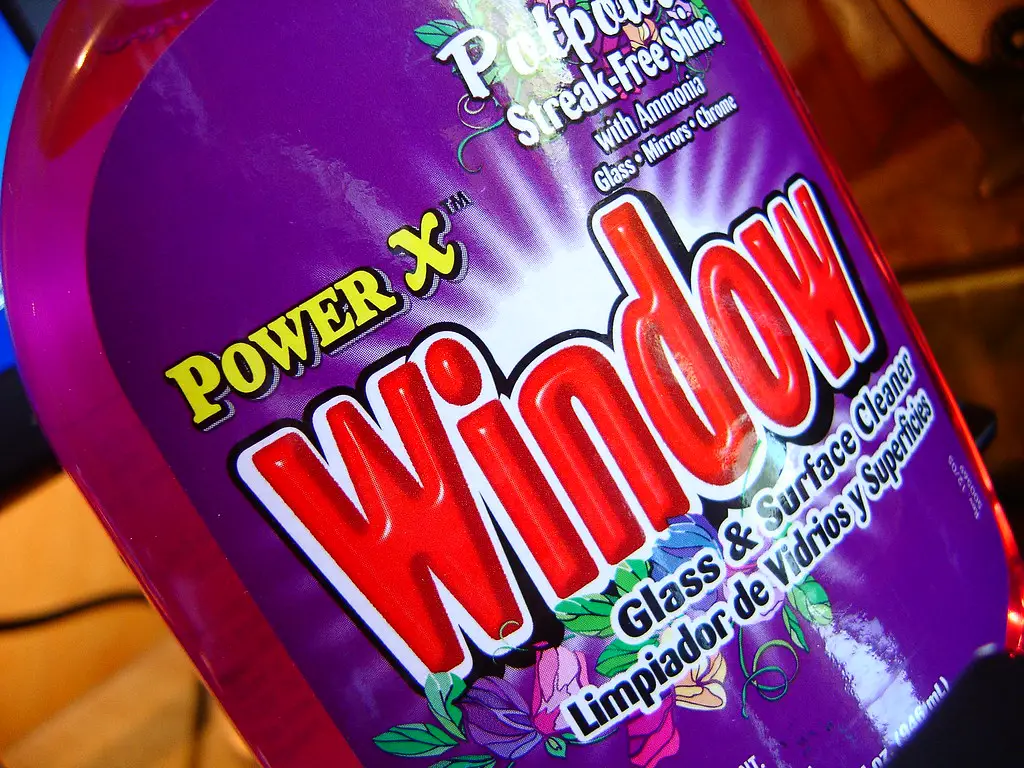
That streak‑free shine often comes from ammonia, which produces pungent vapors that sting the nose and eyes. The American Lung Association notes that inhaling those fumes can worsen chronic bronchitis and trigger headaches. Mix ammonia accidentally with bleach and you get chloramine gas, a toxic plume that can land you in the ER. All that risk just to see through a pane of glass a little faster.
A microfiber cloth and diluted white vinegar deliver a comparable sparkle with zero noxious clouds. Vinegar’s acetic acid dissolves fingerprints while the cloth traps lint, so there’s no streaking. If you miss the blue spray, look for plant‑based formulas that rely on alcohol instead of ammonia. Your sinuses will clear up, and your windows will look just as crisp.
3. Air Fresheners with Synthetic Fragrances

Plug‑ins and aerosol fresheners often contain phthalates, which the Environmental Protection Agency links to hormone disruption in both humans and pets. They also emit volatile organic compounds (VOCs) that degrade indoor air quality long after the “fresh linen” scent fades. According to Consumer Reports, some formulas even generate formaldehyde when they interact with ozone indoors. That’s a lot of chemistry for a whiff of lavender.
Swap them for essential‑oil diffusers or a simple bowl of baking soda to absorb odors. Ventilating with a box fan in the window clears stale air faster than any perfume can mask it. If you crave scent, simmer citrus peels and herbs on the stove for an instant, toxin‑free refresher. Your home will smell inviting without the hidden chemical cocktail.
4. Oven Cleaners with Lye

Most spray‑on oven cleaners rely on sodium hydroxide (lye), which the National Capital Poison Center warns can cause chemical burns on contact. Inhaling the aerosol can irritate your lungs for hours, and residues stick around to scorch your next casserole. Disposal instructions often require gloves, goggles, and plenty of ventilation—hardly a casual weekend chore. Even the environment takes a hit when that caustic foam rinses down the drain.
For baked‑on messes, try a paste of baking soda and water left overnight; the mild alkalinity loosens grime without corroding metal or skin. A plastic scraper lifts softened gunk, and a quick wipe of vinegar neutralizes any residue. It might take a little elbow grease, but you skip the hazmat gear and lingering chemical smell. Your dinner will taste like dinner, not detergent.
5. Antibacterial Soaps and Sprays
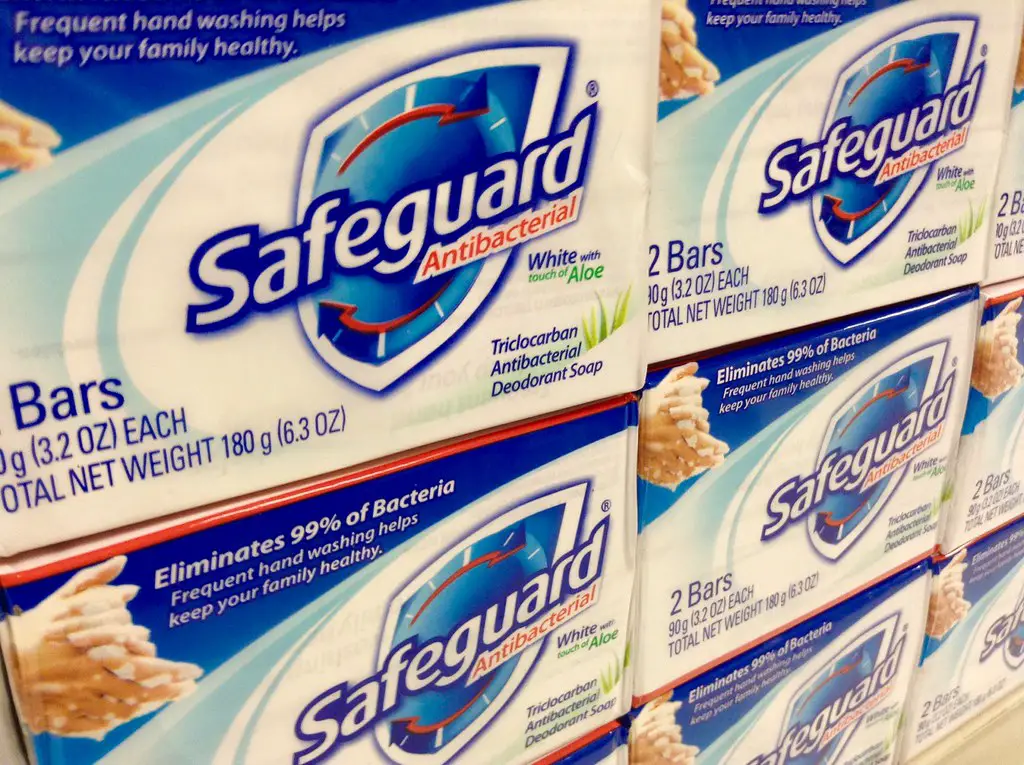
These products often contain triclosan or similar compounds that can disrupt hormones and encourage antibiotic‑resistant bacteria. Regular soap and warm water already remove 99 percent of household germs, making the antibacterial label more marketing than necessity. Overuse also washes triclosan into waterways, where it persists and harms aquatic life. In short, it’s a chemical arms race we don’t need.
Opt for plain castile or gentle detergents paired with a 20‑second hand‑washing habit. For surfaces, a mix of alcohol and water tackles everyday bacteria without breeding superbugs. You’ll still keep colds at bay, minus the endocrine turmoil. Simpler really is safer here.
6. Drain Cleaners
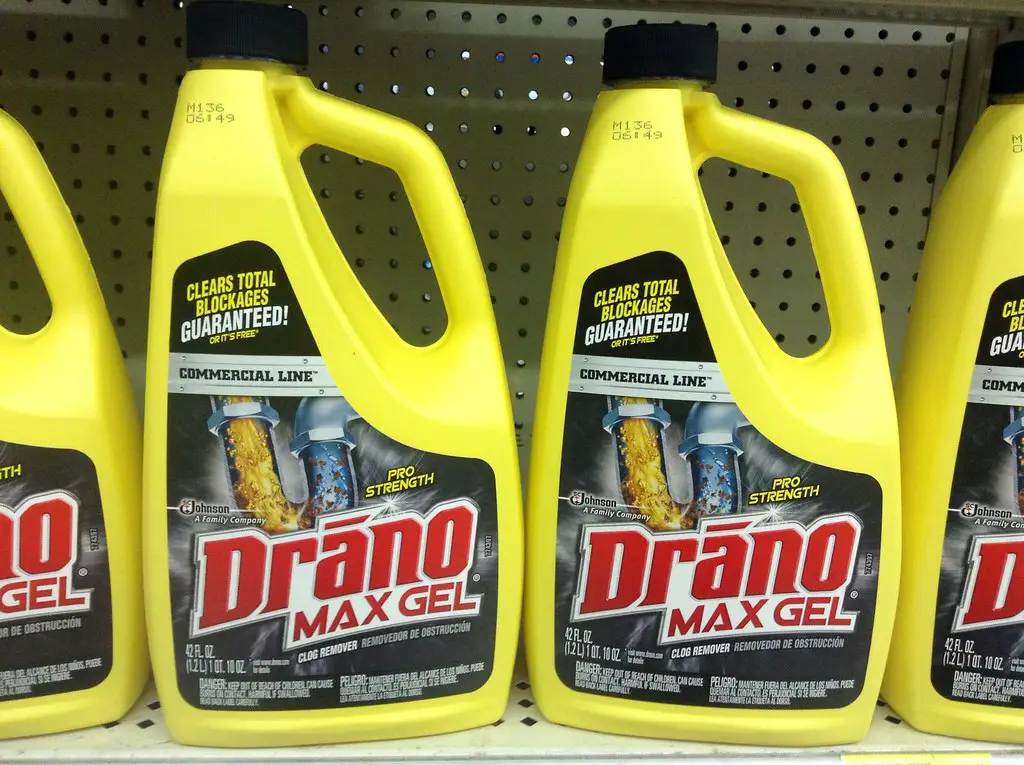
Those “quick‑fix” bottles rely on strong acids or lye that can eat through clogs—and skin—within minutes. The fumes alone can irritate your throat, and splash‑back accidents send people to the emergency room every year. Repeated use can corrode metal pipes, leading to costly leaks. Once rinsed away, the chemicals wreak havoc on septic systems and aquatic habitats.
A combination of boiling water, baking soda, and vinegar often dispatches minor clogs without a chemistry lesson. For tough blockages, a $10 drain snake outperforms any bottle and never expires. Preventive measures like mesh strainers keep hair and food scraps from starting trouble in the first place. Your pipes, wallet, and environment remain intact.
7. Multipurpose Cleaners with Phosphates

Phosphates break down grease but wash into lakes and fuel harmful algae blooms that choke out fish. They can also irritate sensitive skin when used without gloves. Even trace amounts wreak ecological havoc, leading many states to restrict phosphate levels in detergents. Yet some all‑purpose sprays still sneak them into the ingredient list.
Read labels for “phosphate‑free” or choose brands that tout eco certifications. Simple mixtures of vinegar, water, and a drop of dish soap dissolve most everyday grime. For oily messes, a dab of castile soap on a sponge works wonders without the aquatic fallout. Clean counters shouldn’t cost the planet its rivers.
How about some safer alternatives to use instead?
1. White Vinegar and Water

A 50/50 solution in a spray bottle cuts through grease, mineral deposits, and smudges on glass. The mild acidity disinfects lightly and leaves no residue behind. It’s cheap enough to use daily without guilt. Plus, the faint vinegar scent disappears in minutes, taking odors with it.
Add a few drops of essential oil if you prefer fragrance, or heat the mixture slightly for extra degreasing power. It’s safe on most surfaces except natural stone, where you’ll want to use a pH‑neutral cleaner instead. Store the bottle under the sink, and you’ve got an all‑purpose hero ready to tackle nearly any spill. Easy, effective, and pennies per ounce.
2. Baking Soda

This pantry staple doubles as a gentle abrasive that won’t scratch stainless steel or ceramic. Sprinkle it on sinks or stovetops, add a splash of water, and scrub away stains with minimal effort. It also neutralizes odors in refrigerators and trash cans without artificial perfumes. No wonder grandma kept a box in every room.
Mix it with a bit of liquid castile soap for a whipped cream‑like scouring paste that outperforms pricey scrub powders. Rinse thoroughly, and you’ll see a shine without chemical streaks. It’s non‑toxic, inexpensive, and safe around kids and pets. Sometimes the simplest solutions truly are the best.
3. Castile Soap
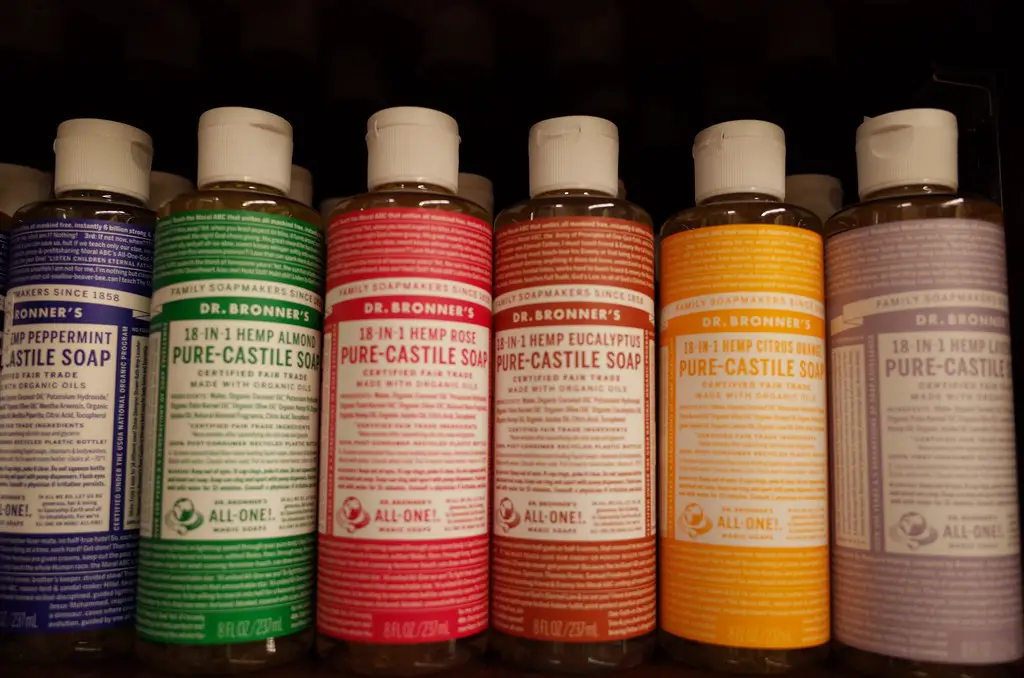
Made from plant oils, castile soap is biodegradable and tough on grease while staying gentle on skin. A few drops in warm water mop floors, wash dishes, or even clean the car. Because it’s highly concentrated, one bottle lasts months, slashing plastic waste. No synthetic fragrances or dyes means fewer allergens swirling around your home.
Customize it with essential oils for scent or add baking soda for extra scrubbing power. It’s safe in septic systems and breaks down readily in the environment. Whether you’re hand‑washing delicates or wiping countertops, castile soap covers your bases. One product, countless uses—minimal clutter.
4. Essential Oil-Based Cleaners
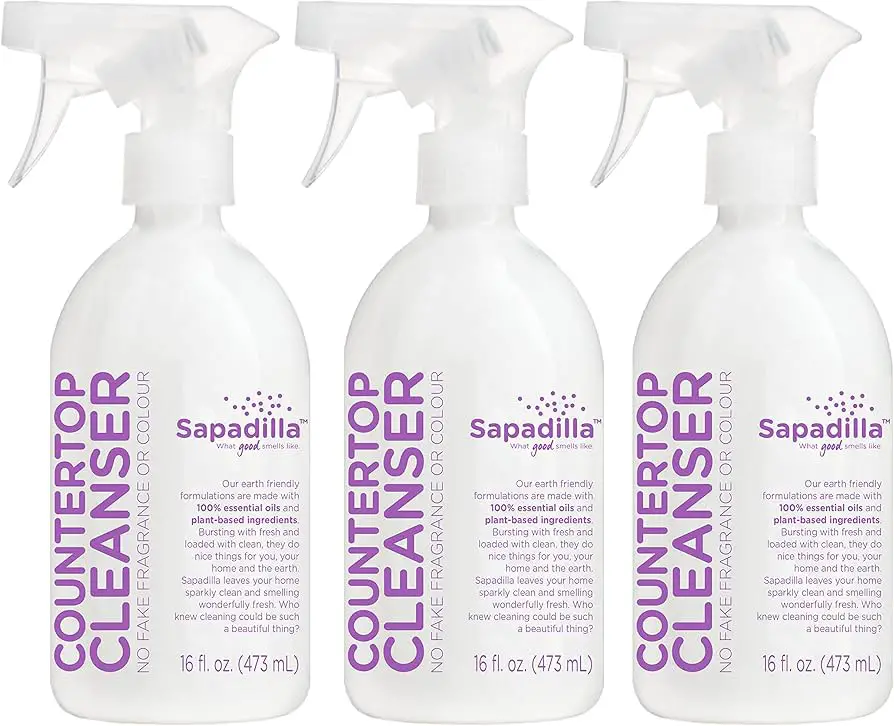
Products featuring tea tree, lemon, or eucalyptus oils harness natural antimicrobial properties without harsh additives. They leave a light, pleasant scent that doesn’t linger as an artificial cloud. Many come in concentrated refills you dilute at home, cutting down on single‑use plastic. You get efficacy, eco‑cred, and a spa‑like aroma in one bottle.
Test on a small spot first, as essential oils can be potent on unfinished wood or stone. Store them away from direct sunlight to preserve potency. With regular use, you’ll likely need fewer scented candles to mask residual chemical smells. Cleaner surfaces and cleaner air? Yes, please.
5. Hydrogen Peroxide

This bubbly liquid works as a mild disinfectant and stain remover, breaking down into water and oxygen—no toxic residue. Spray it on cutting boards or grout, let it fizz for a few minutes, then wipe clean. It brightens whites in laundry without chlorine and lifts blood or wine stains from fabrics. At about a dollar a bottle, it’s a budget marvel.
Keep peroxide in a dark spray bottle to prevent light degradation, and label it clearly so no one mistakes it for water. For an all‑purpose cleaner, mix equal parts peroxide and distilled water with a splash of castile soap. It’s your go‑to for sanitizing without the bleach headache. Clean, green, and surprisingly versatile.
